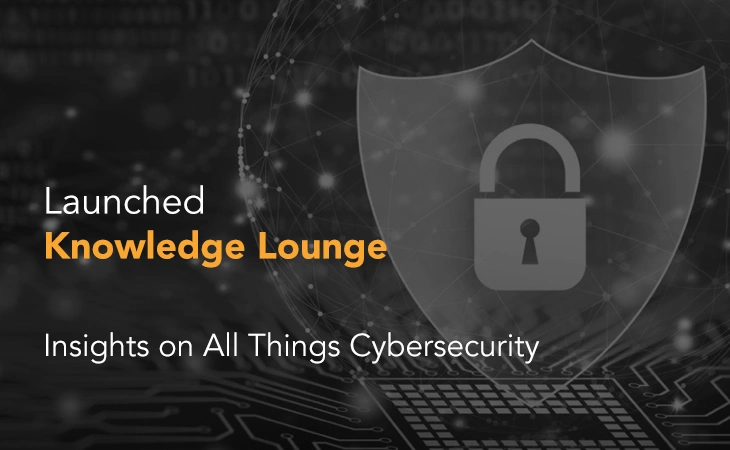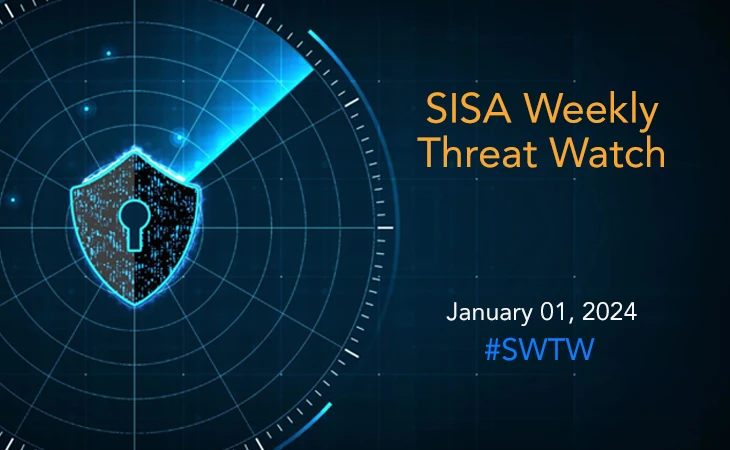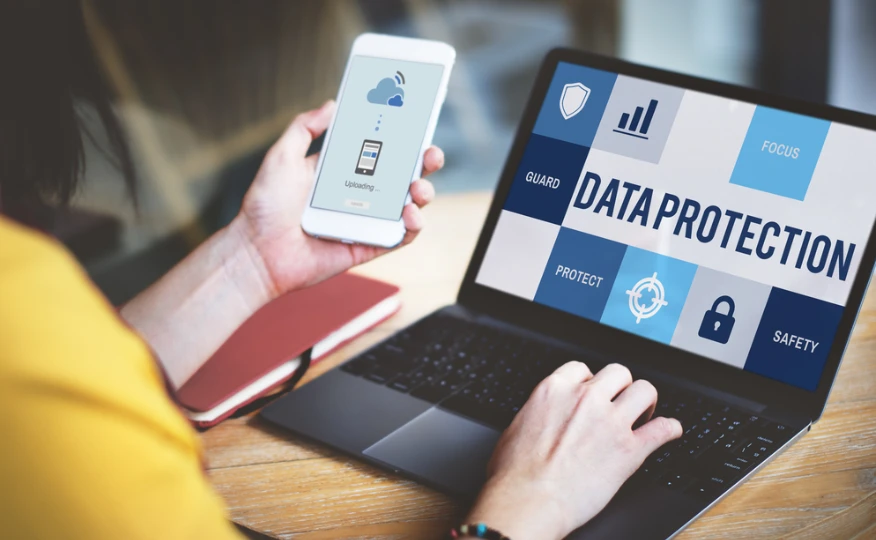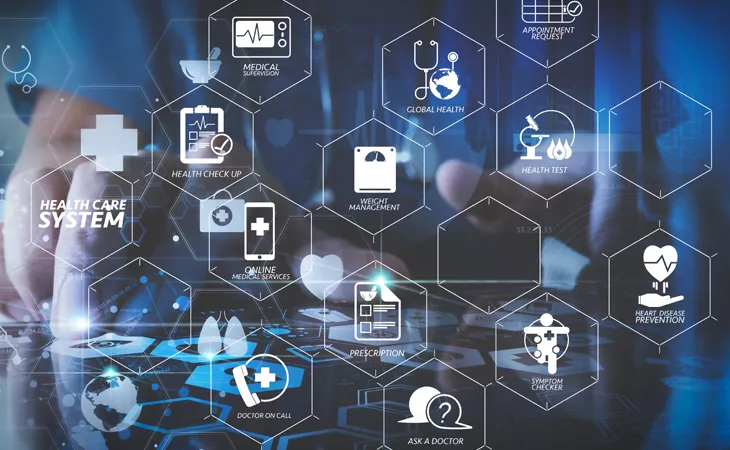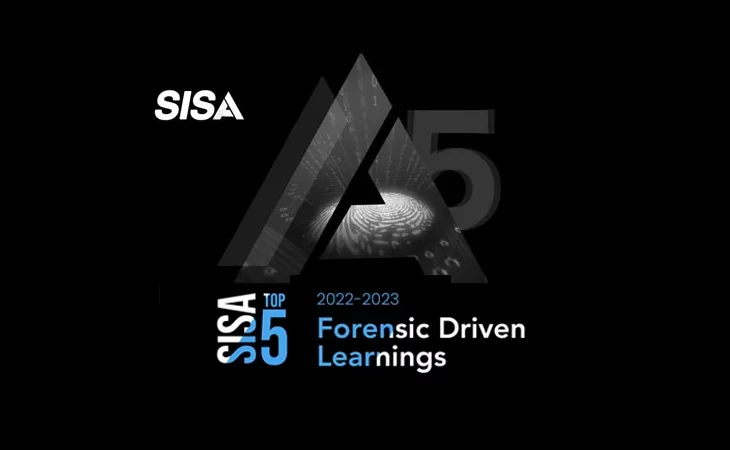Exclusive Insights
- The Critical Role of Managed Compliance in the Evolving Digital Payments Landscape
- The Rise of AI: A New Era in Cybersecurity Resilience
- Redefining Cybersecurity in a Fragmented Landscape: The Case for MXDR
- Cybersecurity Predictions and Trends for 2024
- Securing Tomorrow: Asia’s Digital Payment Transformation and the Road to 2024
- An American healthcare MNC strengthened its data security policy by integrating SISA Radar with DLP solutions
- SISA’s forensics-driven MDR solution helps Club Prophet improve monitoring of workloads on Google Cloud Platform
- SISA ProACT’s cloud-based MDR solution helps neobank improve real-time threat detection and response
- SISA helps a global cloud-based solutions provider mitigate IoT device vulnerabilities
Importance of Forensics-driven Cybersecurity in the Payments Industry
Share on

The payments industry has witnessed an exponential growth in the last decade, improving the convenience and experience of users and at the same time bringing about wider financial inclusion. In particular, the growth of digital payments space has been accelerated by innovation, increasing consumer acceptance and a favourable regulatory environment. According to industry estimates, the global digital payments market size was valued at $81.03 billion in 2022 and is expected to expand at a CAGR of 20.8% from 2023 to 2030.
The post-Covid shift in consumer behaviour with a default preference for contactless payments, unparalleled need for next-gen payment methods, increased focus on nimble payment solutions for B2B and SMB segments and the rising competition among payments providers have taken the payments industry by storm. Some of the key emerging trends and drivers that are expected to dominate the digital payments landscape include:
- The adoption of innovative technologies to enhance digital payment security will be a key force. Technologies such as 3D Secure 2.0, tokenization, encryption and biometric authentication are expected to play a pivotal role in securing the digital payments value chain and ecosystem.
- Payments 4.X, where payments are embedded and invisible, will see an accelerated growth as an enabling function to provide frictionless customer experience. This would require banks and payments service providers (PSPs) to improve their tech infrastructure especially data, shared infrastructure, platform capabilities and embedded finance.
- More businesses will remodel their operating models to Payments-as-a-Service utilizing open APIs enabling them to offer scalable, flexible and seamless payments processing capabilities.
- If cash was king, now digital is divine. New form factors of digital money such as cards, SWIFT, Open Banking, NFC, QR codes, mobile wallets, crypto and CBDC will continue to evolve and drive adoption of real-time payments.
- Payments industry has attracted fortune 100 companies including the likes of Apple, Google other than the legacy players like banks and card networks that makes this space highly competitive with winners take-it-all approach. Industry consolidation and intensifying competition will be a key driver as the space matures, leaving the battleground open to Big Techs, Paytechs, telecom operators and incumbent players.
With technological advancements and breakthrough innovations comes the need for security. Cybersecurity is the backbone of digital money. With the increasing number of cyberattacks and data breaches, it’s more important than ever to ensure that payment systems are secure and user data is protected. About 90% of banks’ useful customer data comes from payments making them the prime targets of data breaches and hacks. Due to the importance and risks of sensitive customer data, organizations in the payments industry come under intense regulatory oversight. Willie Sutton, the famous American bank robber who stole an estimated $2 million during his forty-year robbery career was asked why he robs banks to which he famously replied, ‘that is where the money is’. His statement holds true for the modern-day payments industry. Today, this space attracts all kinds of fraudsters from sophisticated cyber-criminal gangs to malicious insiders who know the environment.
In the recent past, digital transactions have witnessed increasing instances of online fraud, identity theft, data breaches, malware and account takeovers. Recent incidents such as the Medibank ransomware attack in Australia, data breach at a large-scale payments processor in Malaysia, phishing attack on the UK’s digital bank Revolut, data hack at the crypto exchange FTX, and the DDoS attack on Russia’s Sberbank among others are growing evidence that point to the real threat of cyberattacks to digital payments. Besides, the recent payment data leak by AI chatbot ChatGPT caused by an open-source bug, places greater onus and accountability on the boards of companies for ensuring data security.
Cybersecurity becomes an existential requirement rather than a good-to-have proposition and organizations across the board must adopt a strategic approach. With remote working, increased digital transformation, and rapid take-off of AI, Robotics, 5G etc., organizations are disrupting their operational environments leading to an expanded attack surface. Recessionary business environment has tightened budgets of organizations leading to getting more done from less in cybersecurity. Then there is the human element – the weakest link and a leading factor in 82% of data breaches. Breaches are going to increase in sophistication and frequency, and some organizations are going to struggle to respond or contain them causing widespread damage to business and reputation. It is therefore imperative that organizations spend adequate time understanding the “why” of breaches and invest in implementing right security controls.
Organizations that are going to subscribe to the magic box syndrome are going to fall prey to cyberattacks as false sense of security is more dangerous than knowing that one has weak security. SISA’s belief in Forensics-driven cybersecurity, is one such way to understanding the reasons behind breaches and converting them into cybersecurity solutions. Using a 4D approach that involves Deciphering, Deconstructing, Developing, and Disseminating essential information, SISA’s forensics-driven approach to cybersecurity helps organizations strengthen their security posture through enhanced use cases for data protection and threat hunting and improved preventive, detective and recovery controls. By implementing these learnings-based controls, organizations, especially those in highly regulated sectors such as payments and financial services can effectively prepare for and defend against the evolving threats.
Exclusive Insights
- The Critical Role of Managed Compliance in the Evolving Digital Payments Landscape
- The Rise of AI: A New Era in Cybersecurity Resilience
- Redefining Cybersecurity in a Fragmented Landscape: The Case for MXDR
- Cybersecurity Predictions and Trends for 2024
- Securing Tomorrow: Asia’s Digital Payment Transformation and the Road to 2024
- An American healthcare MNC strengthened its data security policy by integrating SISA Radar with DLP solutions
- SISA’s forensics-driven MDR solution helps Club Prophet improve monitoring of workloads on Google Cloud Platform
- SISA ProACT’s cloud-based MDR solution helps neobank improve real-time threat detection and response
- SISA helps a global cloud-based solutions provider mitigate IoT device vulnerabilities
 USA
USA India
India APAC
APAC Middle East
Middle East Rest of the Countries
Rest of the Countries

 Facebook
Facebook Linkedin
Linkedin  Youtube
Youtube
